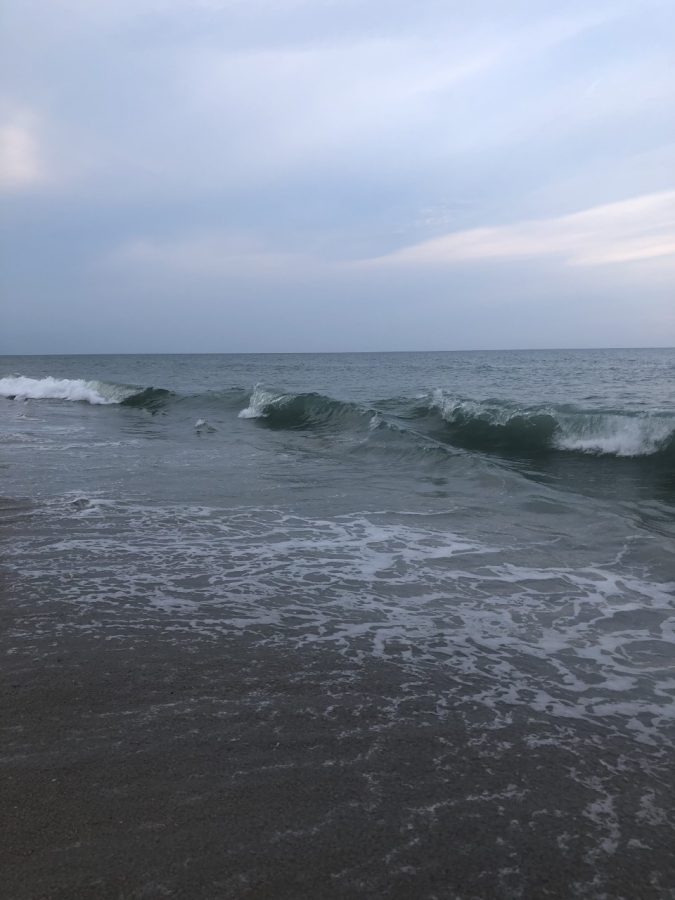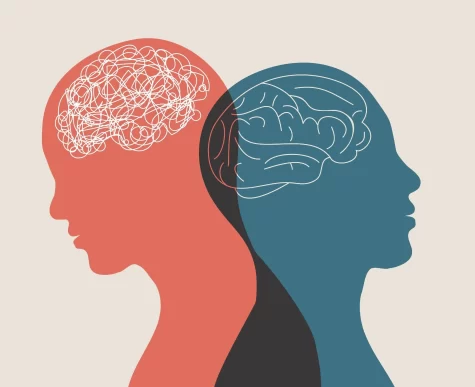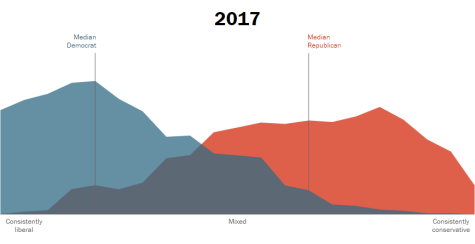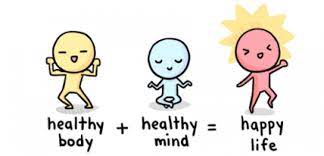The End Days Are Near, Plastic Is to Fear
Image of Wrightsville Beach
September 24, 2019
Concern over the Earth’s Ocean has spiked in recent years, as studies on the Earth’s ominous future have surfaced. Scientists believe that to clean up the earth, it is imperative that we start with the oceans, mainly plastic waste.
With the rise of the term “VSCO girl,” a social media phenomenon where one dresses and acts stereotypicaly like other people on the app, Twitter and Instagram accounts have been making fun of people who use reusable straws, as using them is part of this stereotype. Despite the teasing, science suggests that getting rid of disposable straws will be a step in the right direction towards cleaning up the Earth’s oceans.
On average, people use 1.6 straws each day. If 25,000 people committed to stop using disposable straws, five million straws would be removed from the ocean per year.
Straws have gotten media attention lately because of the images “Trash Island” and a turtle with a straw in its nose.
Plastic straws account of 4 percent of the plastic in the oceans. Some say that the removal of plastic straws us useless, as they only make up a small amount of the ocean’s plastic. Conversely, eliminating straws is the first step in ridding our oceans of toxic plastic.
In the past decade, leading nations have produced more plastic waste than ever before in the Earth’s history. Many consider the influx of plastics to be an epidemic. There are seven main types of plastic. Most of these take hundreds of years to degrade.
The oceans main tormentor is the modern grocery store. The disposable coffee cups used in the café, the plastic bottles of water, bags that snack packs are packaged in, the cigarettes behind the counter, and finally the plastic grocery bags all of these goods are bundled in.
The plastic problem is only growing.
Many marine animals mistake plastic for food and ingest it. In seabirds, ingesting plastics reduces the size of the bird’s stomach. This leads to starvation. The Hawaiian monk seal’s, an endangered species, habitat was found full of plastic waste.
A bi-partisan bill called the “Save Our Seas “Act (SOS) was recently passed to combat the global pollution issue. This bill will help clear the millions of tons of waste out of the Earth’s ocean. This bill ushers in a new wave of pollution reform. On average, people use 1.6 straws each day. If 25,000 people committed to stop using disposable straws, five million straws would be removed from the ocean per year.
Nonprofits are also making headway in cleaning up the oceans. Take 3 For the Sea is a global organization that uses social media to promote anti-pollution efforts. Using #Take3ForTheSea, many post Instagram photos of the garbage they have cleaned up from beaches. While the premise is to remove three pieces of liter, many go a step further and fill disposable bottles, plastic cups, and grocery bags they find on the beach full of waste.
Another company devoted to cleaner waters is 4Ocean. The company sells $20 bracelets in many coastal stores and online. For every bracelet purchase, the company removes 1 pound of trash from the ocean.
As of Sept. 17, 2019, 4Oean has removed 6,497,434 pounds of waste from the oceans.
In most locations, when purchasing coffee from Starbucks, customers receive a 10-cent discount if they order using a reusable cup.
Marine pollution experts argue that it is important that everyone be on board in the lifestyle change to make any headway on the issue.
References:
- https://www.biologicaldiversity.org/campaigns/ocean_plastics/
- https://science.sciencemag.org/content/340/6132/556
- https://www.acplasticsinc.com/informationcenter/r/7-different-types-of-plastic-and-how-they-are-used
- http://atozplastics.com/upload/Literature/chineseplasticandpolymergrowth.asp











